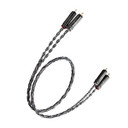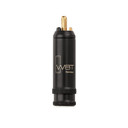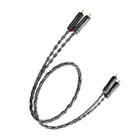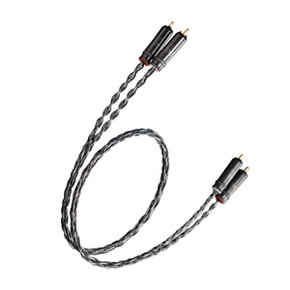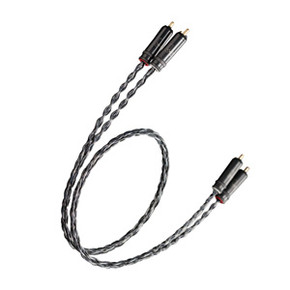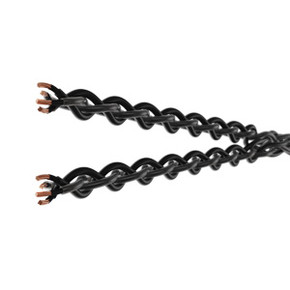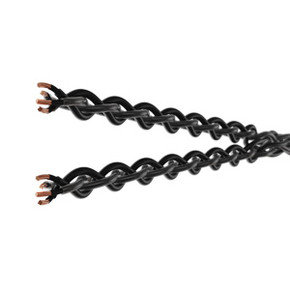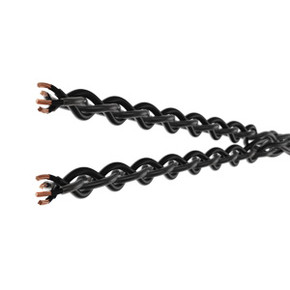An Optimal Analog Interconnect with Noise-Dissipating Carbon Polymer
Kimber Kable Carbon with WBT-0114Cu RCA termination is a premium analog audio interconnect featuring eight 19.5 AWG conductors. Carbon is an optimal analog interconnect for source components, preamplifiers, and amplifiers.
Carbon's electrostatically dissipative carbon polymer reduces mechanically induced electrical noise and improves the uniformity of the voltage gradient within the insulating dielectric. As a result, carbon provides a natural sound profile without being excessively bright or overly dark. In other words, Carbon sounds exactly right.
As used in Kimber Kable's Axios series, Carbon boasts a seamless braided transition to right and left RCA connectors. This eliminates the need for soldered joints and facilitates signal transmission.
WBT-0114Cu RCA Connectors
This version of Kimber Kable Carbon interconnects features high-quality WBT-0114Cu RCA connectors, featuring contacts that utilize pure OFC Oxygen Free Copper. The connectors use clamping mechanism which functions similar to a drill chuck, firmly clamping the outer contact against the RCA jack. This mechanism compensates for any size variation between the plug and the jack, ensuring a perfect fit.
The Kimber Kable Carbon Series
The introduction of the Kimber Kable Carbon interconnect coincides with Kimber Kable's fortieth anniversary and promises to be the first of several Carbon Series products.
The Carbon series takes its name from the electrostatically dissipative carbon polymer used between the Teflon dielectric and VariStrand 19.5 AWG conductors. Retained is the classic Kimber Kable braiding.
According to Ray Kimber (as quoted in Stereophile and StereoNET), the new Carbon cable series "won't be inexpensive, but will outperform the current products in the line that are at the same price. We've improved the quality of the strands. Solid core works better theoretically but stranded is more practical, so we are pressuring a conductive polymer over the top of the strands before we insulate. So, it behaves like a solid core. It's quieter, and handling noise goes down. It's kind of a big jump for us."






